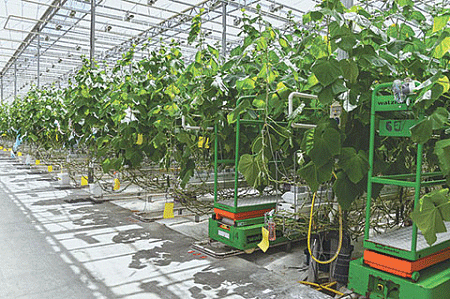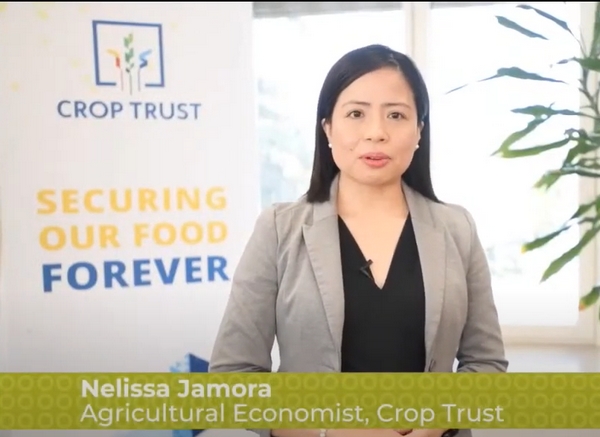In Russia’s Far East, a unique federal program reimburses investors for a portion of greenhouse construction costs. However, the absence of localization requirements has led to federal subsidies benefiting Chinese suppliers, despite underutilized capacities among Russian manufacturers. Domestic companies are now urging the Ministry for the Development of the Russian Far East and Arctic (Minvostokrazvitiya) to implement localization conditions for subsidies, aiming to bolster national production and technological sovereignty.
Between 2015 and 2018, the Russian government supported greenhouse producers by offering financing at favorable interest rates (below 5% per year) for new constructions and subsidies covering up to 20% of modernization costs. To access these funds, producers had to guarantee a certain yield per square meter. This initiative led to the renewal of Soviet-era greenhouses and the establishment of new facilities equipped with advanced technologies, enabling year-round cultivation.
In 2019, the subsidy program was limited to the Far East and transferred to Minvostokrazvitiya, which did not specify localization requirements. Consequently, federal subsidies have been supporting foreign greenhouse manufacturers, particularly from China. Currently, six greenhouse complexes are under construction in the Far East, covering a total area of 38.2 hectares and expected to produce 15,300 tons of vegetables annually. Despite this growth, Russian manufacturers like “GriNAl,” “Agrisovgaz,” and “Aluminum Garden” have significant underutilized capacities. These companies have mastered the production of European-standard greenhouses and advocate for directing budgetary support exclusively to domestic producers to ensure technological sovereignty.
The Ministry of Agriculture’s earlier subsidy programs mandated the use of Russian components, a requirement that Minvostokrazvitiya has not adopted. Implementing localization requirements would support domestic aluminum structure producers, crucial for industrial greenhouse construction. Given the strategic priority of technological sovereignty, it is logical to channel budgetary funds toward supporting national manufacturers.
Implementing localization requirements for greenhouse construction subsidies in Russia’s Far East is essential for supporting domestic manufacturers and ensuring technological sovereignty. By directing federal funds toward national producers, Russia can strengthen its agricultural infrastructure, reduce dependence on foreign suppliers, and promote sustainable economic development.










